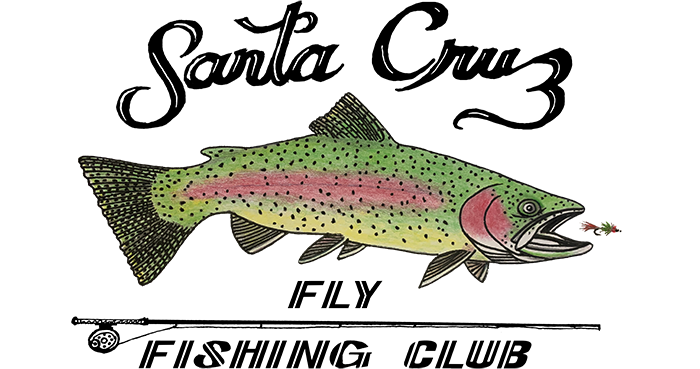Hello fellow conservationists. Happy belated Earth Day. I hope you all are enjoying the spring weather and are getting out in nature, getting a line wet and finding some fish. I thought I’d cover two topics this month that are always pertinent to conservation: water and fish.
Earlier in April, I sent out a message letting you know about the documentary River’s End: California’s Latest Water War. I hope you had a chance to watch it. I found it to be very interesting and sobering…lots of history on this subject with an emphasis on the Sacramento-San Joaquin River Delta and shows how money, power and politics have directed the flow of water. It provides a historical example of how in the early 1900s, the Owens Valley water was diverted to quench the thirst of the growing metropolitan area in Los Angeles. Now, the primary consumer of water in the state is big agriculture at 80%. High value crops (it takes one gallon of water to grow one almond) are distributed world wide. However dire the situation is as it pertains to our fisheries, there are solutions if we pay attention to the science and have the will to act. That is why our club supports organizations like the California Sport Fishing Alliance and the Bay Institute as they focus much of their efforts on the health of the S.F. Bay-Delta. If you haven’t seen River’s End yet, I urge you to do so. You can find it here: https://tubitv.com/movies/704504/river-s-end-california-s-latest-water-war
On another topic, a study by a biology professor at the University of North Carolina at Greensboro reinforces claims that releasing hatchery-reared native fish to augment or rescue fish populations has a negative effect on the wild fish populations. In the article, a couple of scenarios were cited as examples. One of them is on watershed where fish populations are dwindling, the fundamental problem is habitat degradation (example: fish-killing dams). Adding more fish into a compromised environment does not improve the fishery. Another example cited is where otherwise healthy populations of wild fish are augmented with large releases of hatchery fish (example: Alaskan/Asian pink salmon), which may be attributed to crashes of zooplankton in the ocean. Zooplankton is a fundamental component of the food chain that impacts multiple fish.
As stated in the article, “In other words, population numbers, reproductive success and the overall health of the fishery was all over the map on streams where fish were regularly planted. “Control” streams that didn’t have hatchery “enhancements” sported fisheries that were generally healthier and more stable.”
For more details go to this interesting article: https://www.hatchmag.com/articles/more-evidence-releasing-hatchery-reared-native-fish-harmful/7715689
Posted on April 23rd, 2023
